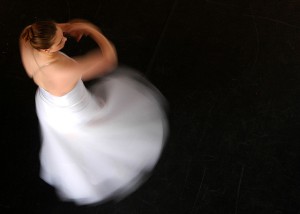Background
Like the sound of the name, salsa is a form of dancing that reigns supreme in Latin America. Basic traditions and evolutions of the dance date back to both Cuban and African movements. Even though the origins of this dance style originated in Latin countries such as Cuba and other island nations, the name was actually born in none other than New York City. Back in the 70’s, Americans coined this term in relation to Spanish culture and the rhythms present in this particular dance type. The most common movements in the dance practice are done with partners, similar to a very popular and traditional dance called the “Tango”. Movements are swift and quick, with a lot of emphasis on the hips and head turning. Many elaborate costumes can be worn, as well as high heels for the female dancer. Places that hold salsa dancing as a recreational event or competition tend to be in ballrooms during the evening or late night clubs. As a matter of fact, the club scene in New York City is where a lot of people discovered late night dancing as entertainment. It is one of the few dance forms besides ballroom that is held formally in the evening for a majority of the time. For a more in-depth history, Salsa Dancing Addict breaks down the roots.
In the Media
Photo credit : onlinesalsa
Popular shows like Dancing with the Stars emulate this dance form during many of their shows. The salsa style is very upbeat and draws in a lot of the audiences attention. While it doesn’t have as many steps as other dances, people can still find it somewhat difficult to keep up with the momentum of their partners. An easy way to break down the dancing is to watch this simple and helpful video that introduces the basic steps. You will be shaking it up in no time!

